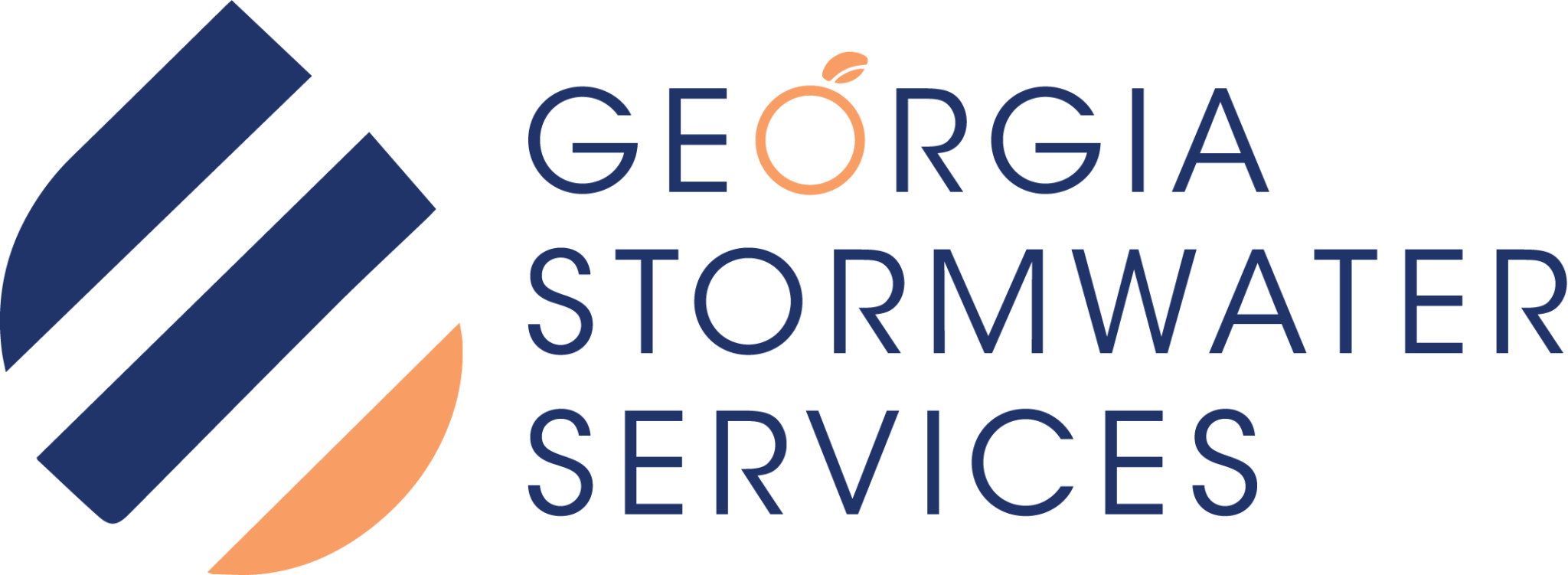Pond & Lake Dredging
Do You Have a Healthy or a Sick Pond or Lake?
While many ponds and lakes appear peaceful on the surface, the conditions below may be telling a different story. Signs of a sick water body include murky water, unpleasant odors, algae blooms, and floating dead fish. These are indicators that the ecosystem is out of balance and may no longer support healthy aquatic life. If left unaddressed, the situation can lead to flooding, environmental damage, and even legal consequences.
Understanding what is happening beneath the surface is key. With proper maintenance, even a struggling pond or lake can be brought back to health.
Why Pond Dredging Matters
A healthy pond or lake depends on two essential elements: oxygen and space. Oxygen supports fish, aquatic plants, and beneficial bacteria. Space allows water to move freely and prevents overcrowding within the ecosystem.
Over time, organic matter like leaves, sediment, grass clippings, and fish waste builds up on the bottom, forming a thick layer of muck. While a small amount is normal, too much muck causes serious problems. It contains high levels of nutrients such as phosphorus and nitrogen, which act like fertilizer and promote algae overgrowth. Excess algae blocks sunlight, depletes oxygen, and creates a hostile environment for aquatic life.
One of the most common warning signs is a fish kill. When oxygen levels drop too low, fish cannot survive. Other symptoms of an unhealthy pond include discolored water, surface scum, foul odors, and shallow areas where water used to be deeper. These conditions can also pose risks to people, pets, and nearby property.
The Risks of Inaction and the Right Solution
As muck continues to build, the pond or lake loses its ability to manage heavy rainfall. This increases the risk of flooding and erosion. If the water body is part of a stormwater system, poor maintenance can also lead to violations of the Clean Water Act. These violations can result in government fines and legal action against the property owner or community.
Routine dredging is the most effective way to restore function and reduce risk. Traditional dredging methods often require draining the water and using heavy machinery, which can be costly and disruptive.
Georgia Stormwater Services uses a cleaner, more efficient approach called hydraulic dredging. This method works like an underwater vacuum. A specialized pump removes the sediment and transfers it through a hose into large filter bags. These bags hold the solids and allow the water to drain. Once full, the bags can be removed or safely buried on-site, depending on the project’s needs.
Hydraulic dredging restores depth, boosts oxygen levels, improves water clarity, and helps prevent future algae overgrowth. It is also a safe and environmentally responsible way to stay in compliance with state and federal stormwater regulations.
Georgia Stormwater Services: A Trusted Local Partner
Georgia Stormwater Services is a locally owned and operated company that communities across Georgia depend on. The team is committed to helping neighborhoods and property owners maintain clean, functional, and beautiful water features.
Clients include:
- Private Communities and Homeowners’ Associations
- Apartment Complexes
- Golf Courses
- Local Governments and Municipalities
- Drinking Water Authorities
- Private Property Owners
- Hotels and Resorts
- Recreational Waterway and Wildlife Management Organizations
Fully licensed, insured, and bonded, Georgia Stormwater Services is a reliable partner for comprehensive pond and lake management.
Schedule a No-Obligation Property Inspection
To schedule an inspection, please visit the Contact Page and submit your information. Georgia Stormwater Services is ready to help restore, protect, and maintain your pond or lake.
